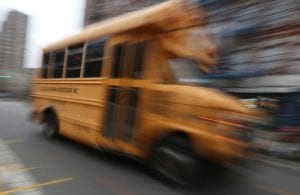Background
The team was initially interested in the social impact part of Engineering 1182. Once those plans were found to be unattainable, the group switched their focus to transportation. The research involved included interviewing students around campus and asking where they saw a need for improvement in the transportation around campus. A lot of students mentioned OSU’s bus system and the COTA system. The group then looked into what aspect of design would provide the most positive change in the community. Safety was a frequently brought up user need so the group decided on braking safety as the primary research focus. This stemmed the backup braking system as well as the need to focus on rider comfort.
Conclusions include the use of a servo motor increasing the comfort of riders as it provided a smoother stop once tested on the AEV. The difference in stopping distance between with and without the servo motor can be seen below in Table 6 and Table 7. During testing, it was also visually apparent the stopping of the vehicle with the servo motor looked smoother than that of the vehicle stopping without the motor. It also decreased the distance traveled once the servo motor was added to the design. The data tables in the final design requirements section below (See Appendix E) shows the values extracted from a test of the AEV at power percentage 55 (see appendix E for full tables). Recommendations include the use of a backup brake system in order to increase safety of vehicles and a mechanism that will create smoother stops to provide greater comfort to riders.
Opportunity Identification
With the use of public transportation increasing as the population increases, the safety of the public transits becomes more important. The percentage of brake failure for the number of crashes in the US has been measured to be 22% so creating a backup or more efficient braking mechanism will be beneficial economically and socially.
Problem Definition
Larger vehicles such as semi trucks and public transit buses take longer to come to a complete stop which can lead to potential crashes. the extra feet traveled after brakes are applied increases the chance of death and injury.
